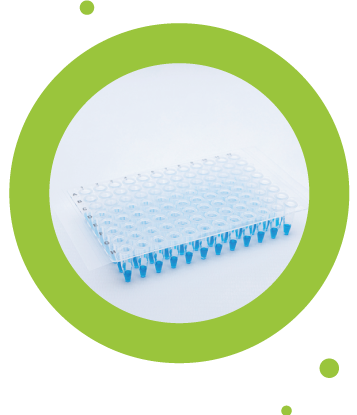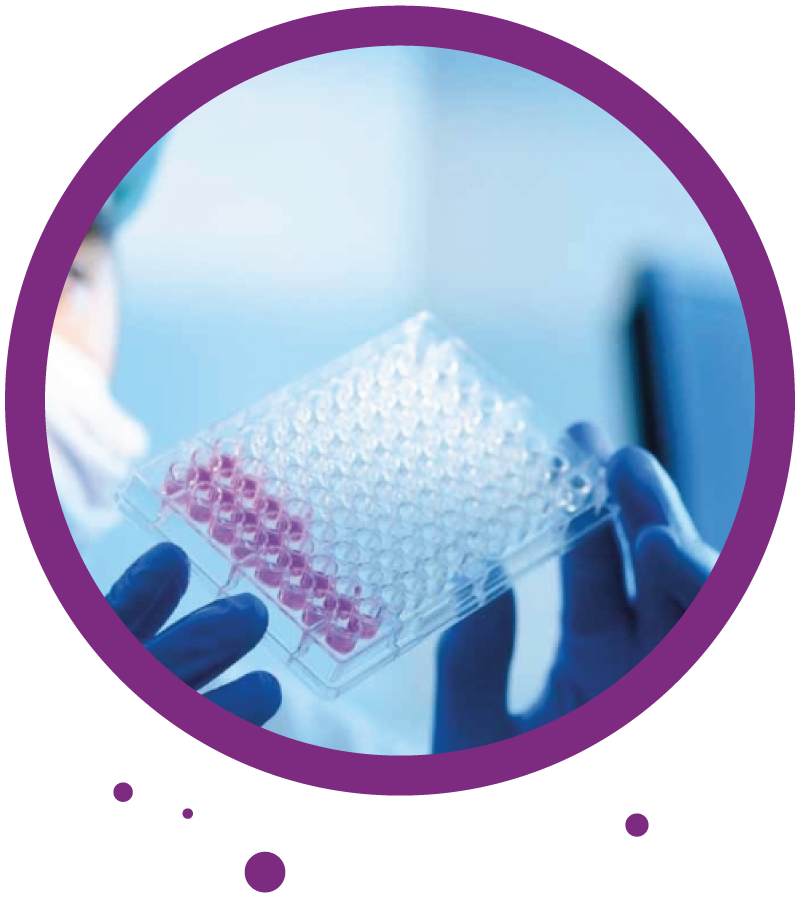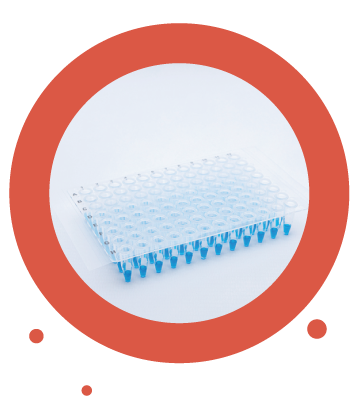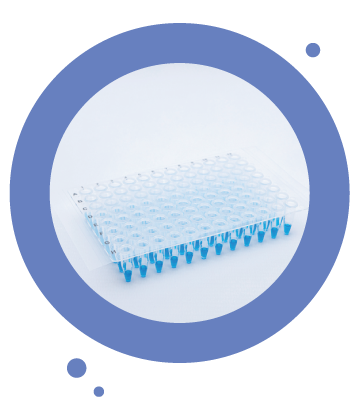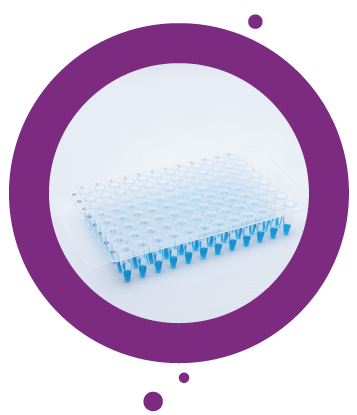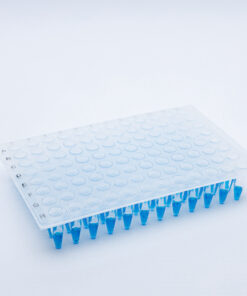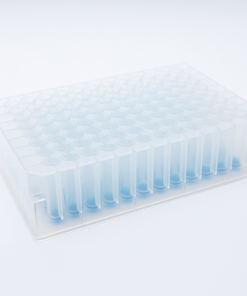Given recent developments in the Life Sciences Industry involving a greater requirement for sterilisation, you can rest assured that we can deliver sterilised versions of many of our MicroPlate Seals in line with your own stringent requirements supported by our renowned capabilities in technical excellence, access to state-of-the-art R&D laboratories and accreditation to ISO 13485.
Our products are sterilised in accordance with ISO 1137-2-2006 because you need to know the bioburden levels of incoming materials to determine the required sterilising dose – and the effect on packaging integrity and regular monitoring of any changes to these criteria. ISO 1137-2-2006 is the Standard that defines two methods of verifying a given Sterility Assurance Level (SAL) for irradiated products.
While “sterile” is an absolute term, we understand that it is still a probability function. The Sterility Assurance Level (SAL) of a product is defined as the probability of that item being non-sterile after exposure to a validated sterilising process.
Some materials are resistant to sterilisation, so we conduct tests and validation to ensure that the effects of sterilisation on some polymers and packaging materials do not compromise product performance or shelf life.
We believe that our MicroPlate Seals are an essential tool for the Life Sciences Industry where sterility is of utmost importance. We are committed to delivering products that meet your specific requirements, and our team of experts is available to provide technical advice and support. If you have any questions or concerns about our sterilisation processes, please do not hesitate to get in touch with us.
